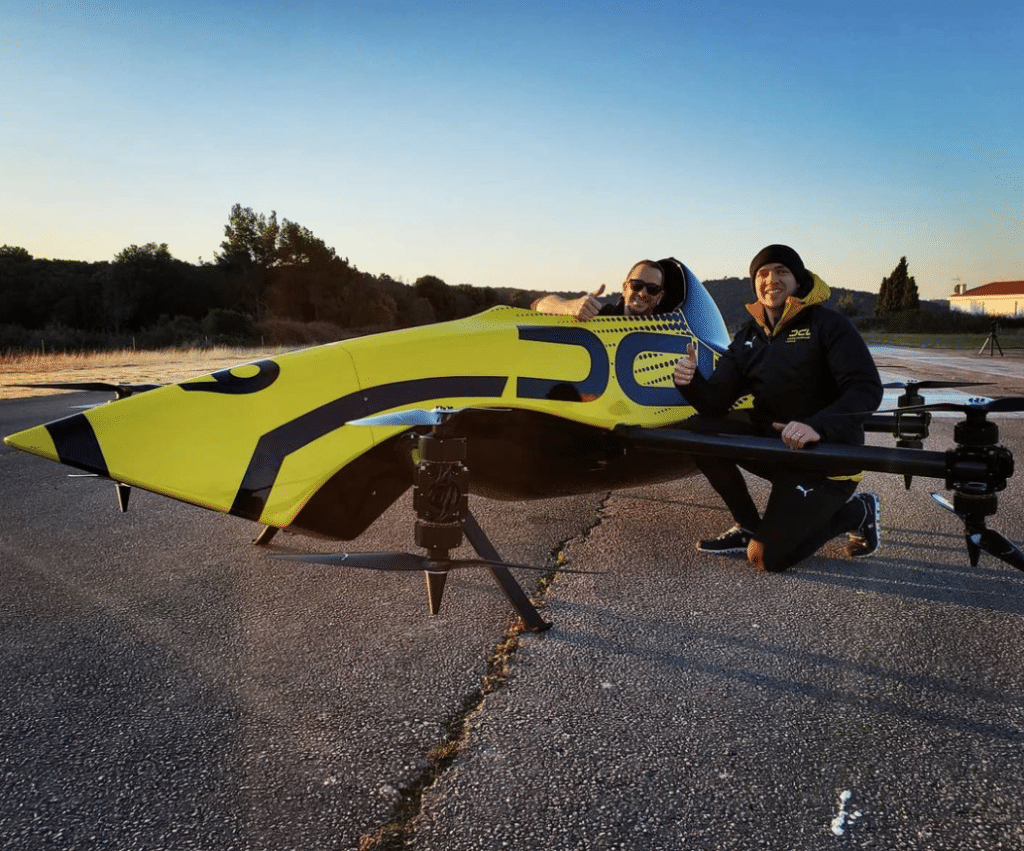Tell us about yourself and your background
I’ve been flying since the age of 7. Growing up I lived at a small country airport and flew small general aviation with my dad. I was able to enjoy full-scale airplanes and two-seater airplanes out of my own back yard. When the runway finally got a little too small and we were too big, we switched our focus to model aviation. This was truly a precious time in my life as it wasn’t just flying with my dad, but it was building the model airplanes with him, and then crashing…..a lot. I was never a good pilot at an early age.
My dad didn’t just have a huge passion for flight, but also a passion for how flight worked. At a very young age, him and I would go around to different flying events and he would explain the history behind each airplane and what made it fly. Through those times I developed a love for flight and a love for connecting with people.
Later in life, my wife and I were heavily involved in youth ministry and we started using flight as a tool to be able to reach out to family and friends to educate and connect. A lot of times people think the hobby is something you escape from reality for, but we wanted to turn that completely around and make it something that people could connect through. That’s where the vision and the birth of Flite Test was really created.
How did you get started in the industry you are in? What interested you most about it?
My start in this industry goes back to building and flying model airplanes with my dad, by using the experience as a tool to encourage me and make memories. There were times that I would spend three months building a plane to only fly for 15 seconds. My memories aren’t from the 15 seconds of flight, but from the encouragement and experience in the building process. I wanted everyone to have access to an experience like this.
With Flite Test, we are using this tool exactly how it is described by bringing families out – moms, dads, sons, daughters – and we are teaching them how to build and fly model airplanes. It was during that time that I met a gentleman named Chad Kapper, who told me he really wanted to make a YouTube show out of what we were doing. We said OKAY, but if you are going to do that, the content must follow the vision that we hold so dear, and that’s exactly what happened.
There’s a term we use at Flite Test – “Entertain, Educate, and Elevate the world of flight”. Those are really the three main branches of what Flite Test is. We ‘entertain’ through our YouTube show by taking on a crazy idea (sort of like MythBusters) and seeing if we can make it fly.
The ‘education’ aspect is near and dear to my heart. I didn’t have a good experience in school and I didn’t have a passion for education. It wasn’t until I was married, almost ten years later that I realized if I were to have the tools I have now at a young age, it may have changed the way I looked at the importance of reading, communication, math, physics and geometry, by seeing how I could use those skills for a purpose.
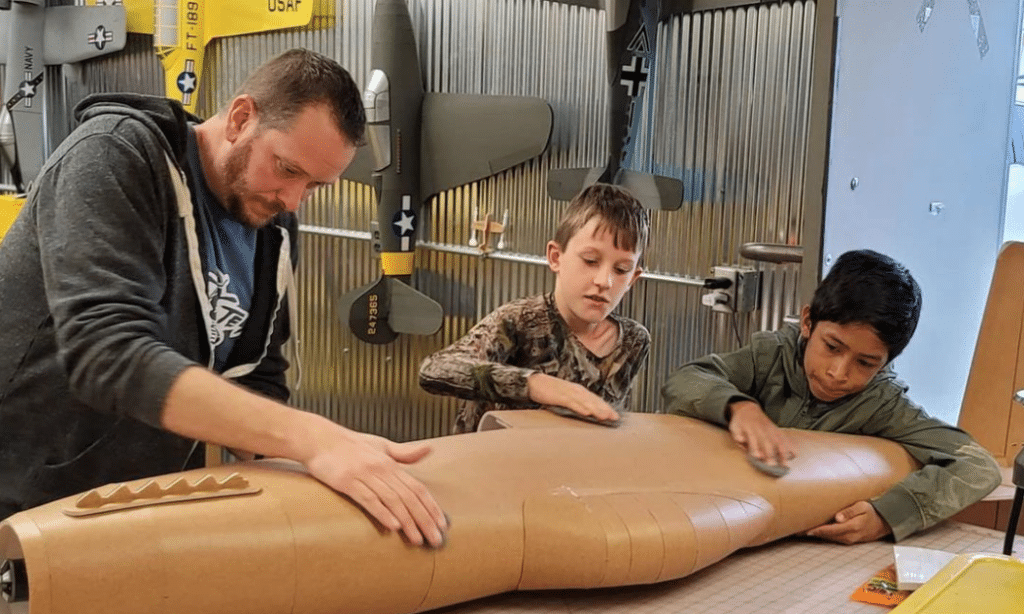
The ‘elevation’ is all about inspiration and using it as a tool to impact people’s lives.
Tell us about your organization and your role
I’m blessed to be the President of Flite Test. My main roles are applying the vision and direction of the company, but also I design most of the models myself. I have a love for designing airplanes, so roughly every two months there is a new design coming out that couples with a build video. A model airplane is not something you purchase, use as a toy, and then throw away – it’s an experience. From the moment the kit arrives, you set out your plans, build the plan, and then fly – it’s a journey.
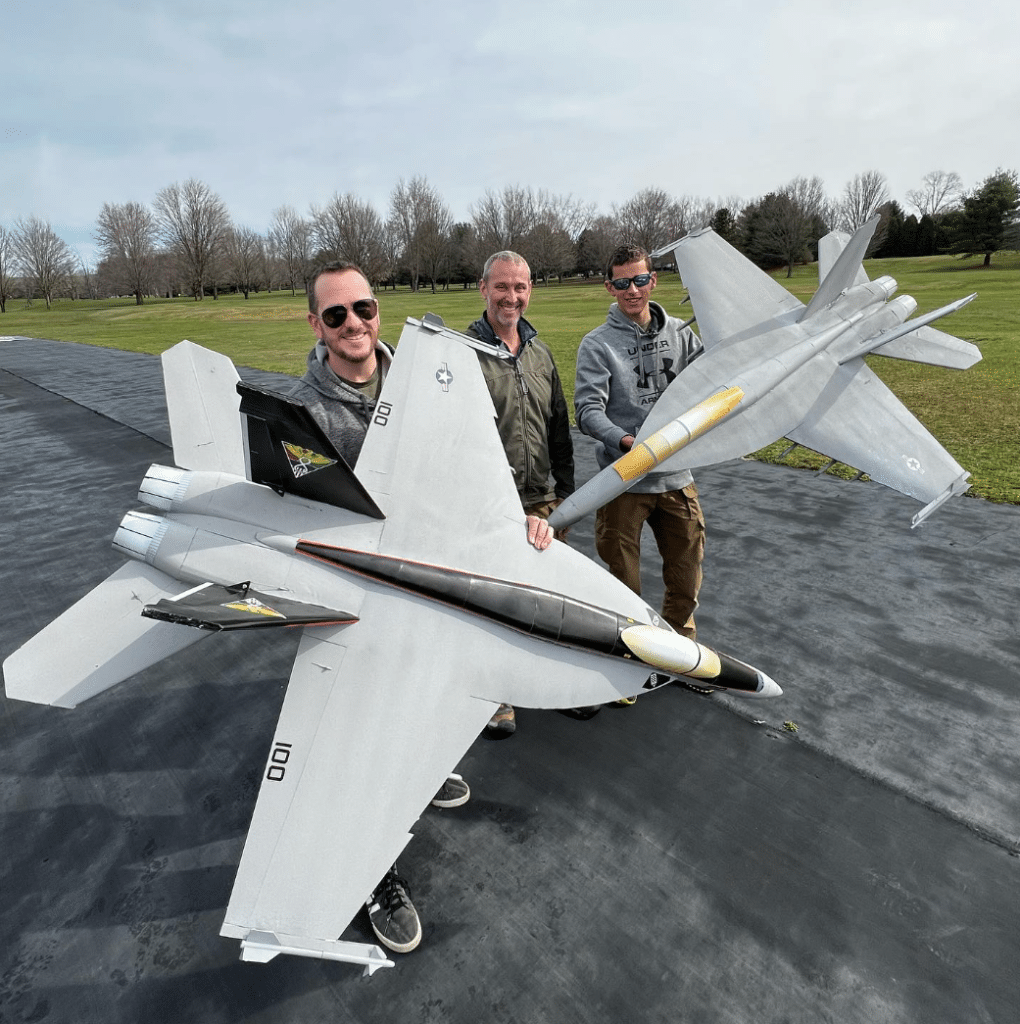
I have a really great team I get to work with to develop our YouTube show. We all dream up ideas based on what we are passionate about, what’s in the movies, and what kind of ways we want to attack flight next. Everyone on our team has different talents so we divvy up the roles. So it’s not just myself working – it’s Dave working on a 20-ft. B-17, or Welsey writing an Arduino code for LEDs that we want functioning, or someone else 3D printing a part for the model. I feel blessed to be a part of this group of people with such unique talents.
With my passion for flight, I want to make sure it’s protected and the hobby is easy to access, as the more barriers we put out there, the more future jobs there may not be. I’m a true advocate for the aviation industry.
What do you enjoy most about working in the industry you are in?
It’s the team and what we get to create together. The fact that every week there’s a new problem or challenge we get to take on, sometimes fail at, but overcome those failures and learn from it. I enjoy every part of flight. I’m involved with model aviation all the way up to general aviation. My kids are amazing pilots, both on the RC level as well as flying para-motors. The industry is really a lifestyle and I love that I get to be involved in it.
This is also the time of year when we start doing our training which brings out the social aspect, which I really enjoy. Thursday nights, we invite people out to the Airpark and set up planes for them to try fly (for free!). That is really in my opinion when Flite Test comes alive. Everyone on our team stays after hours and invests time into the families and friends that stop out to fly to ensure that each person enjoys the hobby and really get a taste for what it’s all about.
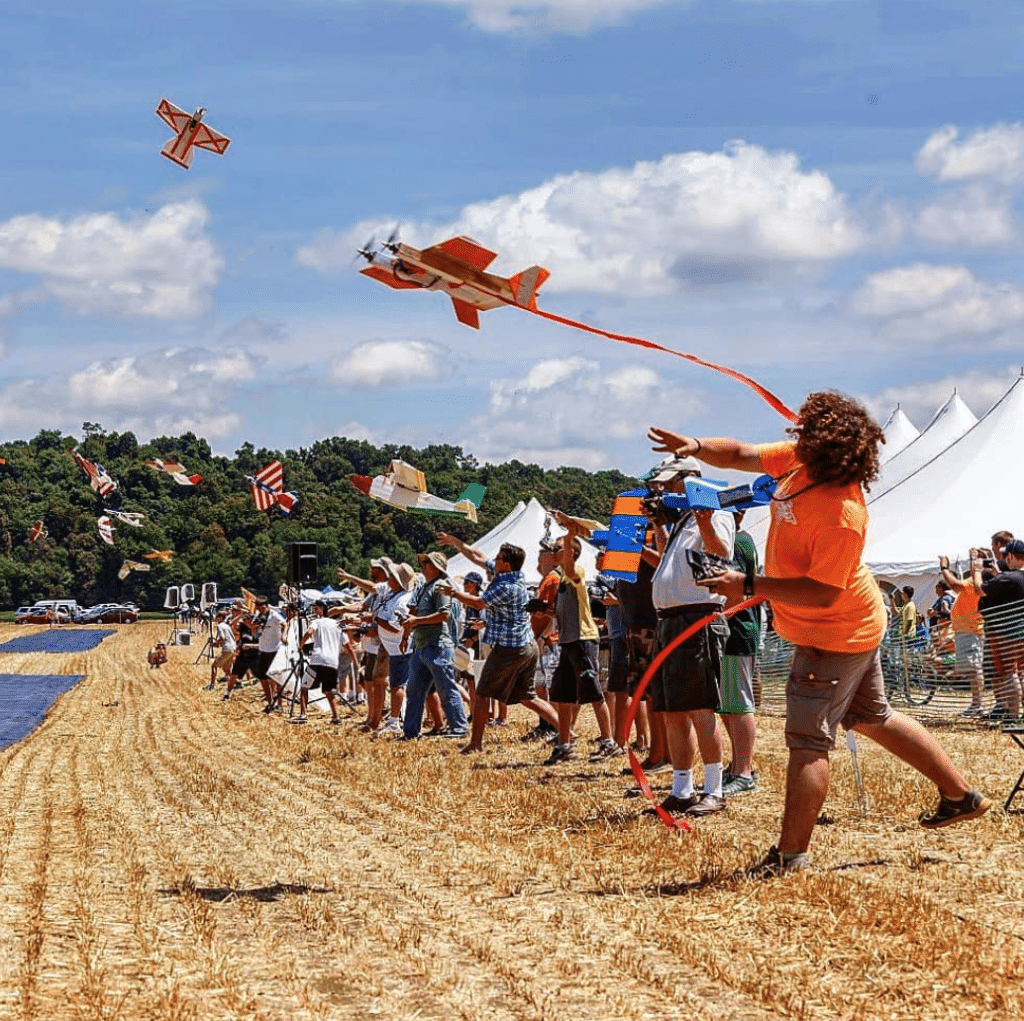
Share a success story
By far our biggest success has been the creation of Edgewater Airpark. Flite Test started with a vision to connect families and through that we have developed an amazing community with over 2 million subscribers on YouTube. We always call them our Flite Test Family. We acknowledge them as family. It’s not a fan-base, it’s a group of people invested in each other and that’s beyond a fan-base.
What convicted us going into this was having a family, but no home – there’s no place for the family to gather. So, what we set out to do was to buy a chunk of land and give people the opportunity to come out and build, fly, and learn. It’s not just watching Flite Test on YouTube or going through the Flite Test STEM program, but now we can have people out to fly! We’re able to meet new people and do activities to make sure we are sticking to our vision.
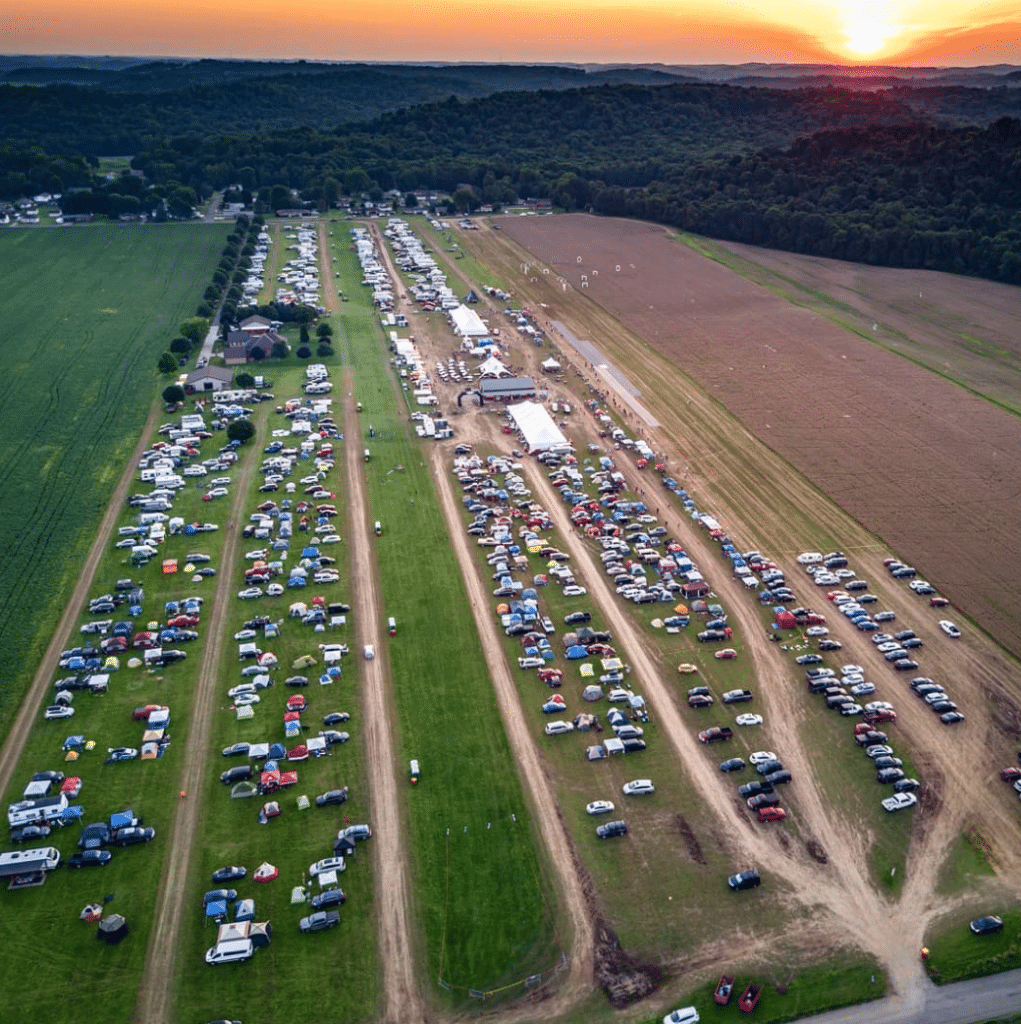
We set up a crowd fund to purchase land for an airpark and in six days it was fully funded at $200,000! And now it’s a reality. This location is special because all aspects of flight can now be successfully done in one location.
Edgewater Airpark has been open for officially three years and grows each year, whether it be adding camping areas or another runway, or even a hobby shop – it’s a vision that continues to grow. Our hope is that in the future we are able to bottle up the Airpark model and replicate it in other parts of the country or even the world, where people can use it as a place to gather.
Share a failure and what you learned from it
Before Flite Test existed, I started building my first model airplane. It was a 10-foot airplane that had the looks of a GB and Vintage Air Racer. I put four years of time into this build, constructing it with my kids. Money was limited during our young marriage, so we worked on it a little bit at a time. Finally, the time came to fly this scratch build airplane and we decided to have a big party because people knew what we were involved in, and it looked like it was going to be perfect. No sooner did the plane lift off the ground and everyone was cheering, did I noticed the tale start to wiggle a little bit ,and then a bit more, and then wiggle a lot, and finally it completely detached from the airplane. My four and a half years of hard work and all ten feet of the airplane buried itself into the dirt of a backfield.
It was one of those shaping moments that was like – you didn’t just have a failure, but you had a failure in front of all your family and friends to watch. It was truly a monumental failure. I won’t lie to you – it was crushing, I was fighting back tears as it was something that you put all your hopes and dreams into, only to fail so quickly.
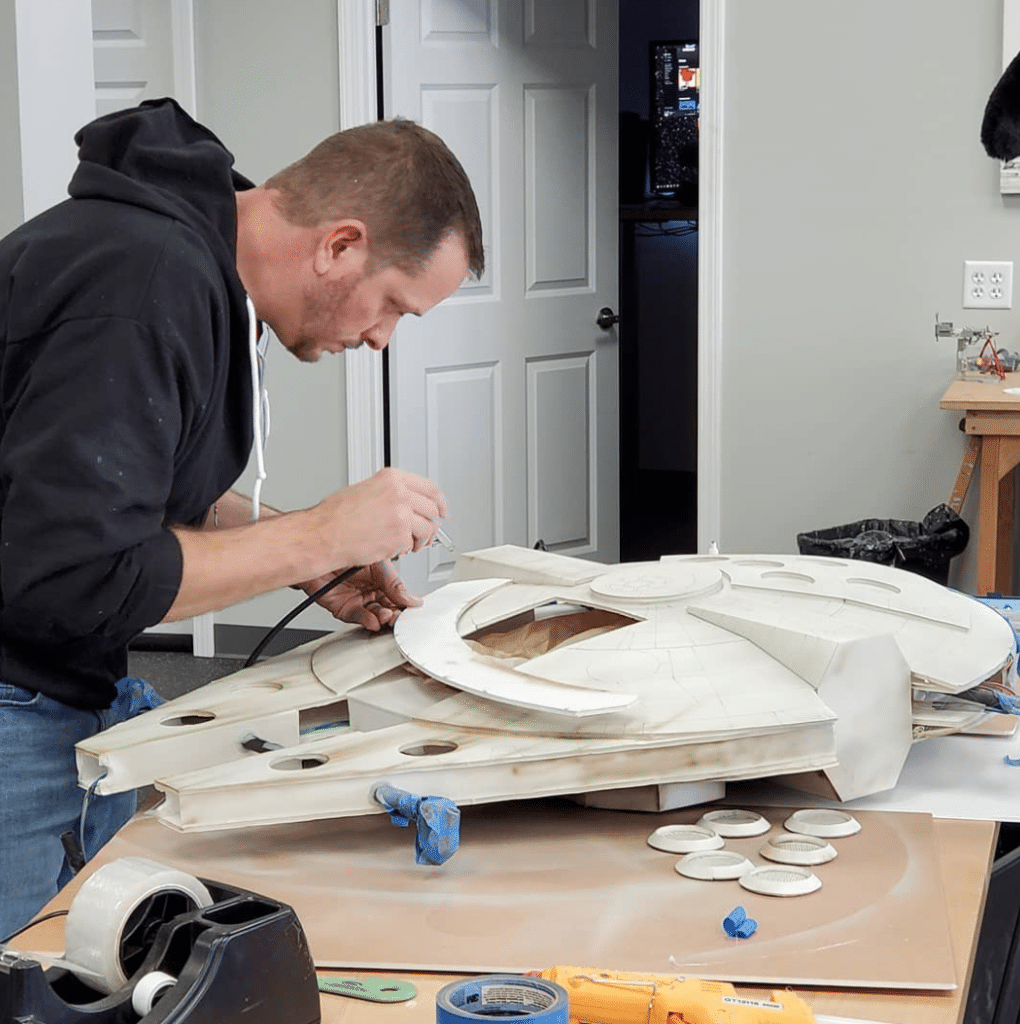
What I learned is that structurally I had to change certain parts of the aircraft. This pushed me to dig into the engineering side and I’ll tell you – I’ve never had a plane have a lose tail again. But also, on a relationship level, I still have the pictures – not of the plane flying because it only went for about 20 seconds, but the amount of people carrying parts out of that field and the laughter was hysterical. The encouragement and the follow-ups from people wondering how I am going to build it again sparked an understanding that big investments come with big rewards, but also big consequences. However, the lessons and the encouragement I received outlasts all of that.
Any tips you would like to share with others in the industry?
Don’t’ be afraid to learn. Don’t be afraid to fail. The beautiful thing with model aviation and technology is the more you fail, the more you learn. With technology constantly turning on its head with new abilities, what wasn’t possible maybe a year ago, is easily doable now. So revisiting projects is important. Things that our company would have never dreamed of trying ten years ago, by now those projects can be taken on at a moment’s notice.
Recently, we made a big bouncy ball fly – and it doesn’t sound like much, but the aerodynamics of a ball are terrible. We accomplished this by using two control boards, flying two different parts of the airplane, flying completely independently. Before all this technology existed, we would have never been able to attack a problem like that. My encouragement to a lot of people is when you try something, whether it’s on an engineering level, or an aeronautical level, if it doesn’t work out, you must realize that from that failure, you just learned something new. You must rejoice in it, take it on again, and if you do have a success, small or big, rejoice in it, remember it, mark that down.
What excites you most about the future of autonomous technologies?
Autonomous technology has become more approachable, user-friendly, and refined. I remember the early days of seeing a multi-rotor hover using just GPS, it was kind of just like a little toilet bowl, wobbling around, and thinking this is the greatest thing since sliced bread.
Now you have these interfaces that are readily available, you have technology that is refined, then you have tunes and algorithms that run so beautifully. It’s a tool that I don’t think we should avoid. I think it should obviously be considered when you are trying to attack a problem. And on the career level, it’s one of the same. If you have a problem you have to face – these tools that you have should be considered and incorporated quickly and the quicker you take time to learn about these tools, the easier you’ll be able to fulfill needs in your career path or even in your hobby.
What would you say to people who are skeptical about autonomous technology?
I think it’s something that we need to work on explaining better by showcasing the technology more. It’s incredible when you can see something take flight and fly not only good, but exceptional. Along with that too, there’s obviously a lot of concerns about the sky being filled and autonomous technologies, causing people and liberties to be compromised. The one thing that I would encourage is again – flight is a tool. It’s a tool for us to connect relationally, it’s a tool for us to get somewhere fast, but it can also be used to save lives. What I love is that you could have someone that has an allergic reaction, and you could have a drone deliver an EpiPen that could save their life. If you truly put people first, and truly think about that, it’s something we should celebrate.
To learn more about Flite Test, become a part of the Flite Test family or to simply browse their videos, resources or online store, visit flitetest.com.

